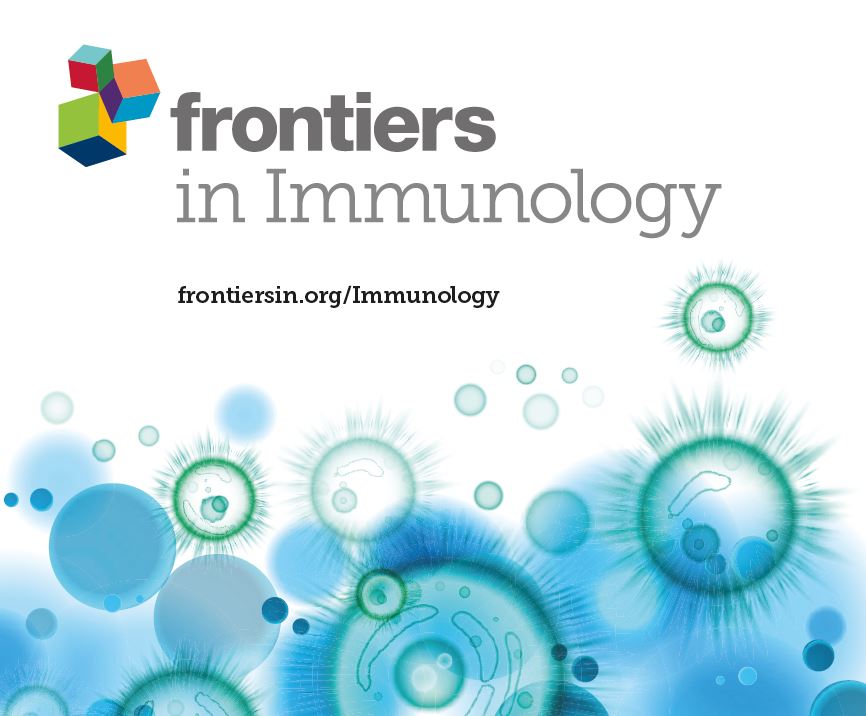Clinical significance of T helper cell subsets in the peripheral blood and bone marrow of patients with multiple myeloma
IF 5.7
2区 医学
Q1 IMMUNOLOGY
引用次数: 0
Abstract
BackgroundT helper (Th) cell subsets primarily assist B cells in differentiating into plasma cells in the germinal center. The mechanism of malignant transformation of plasma cells is an important target for the clinical treatment of MM; however, the mechanism remains unclear.MethodsWe collected the peripheral blood (PB) and bone marrow (BM) samples of 33 patients with MM. In addition, the PB was also collected from 25 normal healthy controls (HCs). We analyzed the percentages of Th cell subsets in the PB and BM samples of patients with MM.ResultsTfh/CD4多发性骨髓瘤患者外周血和骨髓中 T 辅助细胞亚群的临床意义
背景T辅助细胞亚群主要协助B细胞在生殖中心分化为浆细胞。浆细胞恶性转化的机制是 MM 临床治疗的一个重要靶点;然而,其机制仍不清楚。方法我们收集了 33 名 MM 患者的外周血(PB)和骨髓(BM)样本。此外,我们还采集了 25 名正常健康对照者(HCs)的外周血样本。结果Tfh/CD4+与骨髓和外周血样本中骨髓瘤细胞的比例呈正相关(分别为r = 0.592,P = 0.002和r = 0.510,P = 0.010),并且在骨髓和外周血样本之间显示出很强的相关性(r = 0.6559,P = 0.0095)。在肺结核样本中,MM 患者的 Th2/CD4+ 和 Tfh2/Tfh 细胞百分比显著低于 HCs(分别为 P = 0.00013 和 P = 0.0004),而新诊断的 MM 患者的 Th17/CD4+ 和 Tfh17/Tfh 百分比显著高于 HCs(分别为 P = 0.0037 和 P = 0.03),而且所有这些细胞对 MM 都有很好的预测价值(曲线下面积 [AUC] 分别为 0.781、= 0.792、= 0.837 和 0.723)。在 PB 样本中,PD-1+ICOS- Tfh 的所有亚群在 MM 新诊断组、非缓解组和缓解组中都显示出明显的下降趋势。结论Th 细胞亚群在 MM 的发生和发展中起着重要作用,可为确定新的免疫治疗靶点和预后提供基本依据。
本文章由计算机程序翻译,如有差异,请以英文原文为准。
求助全文
约1分钟内获得全文
求助全文
来源期刊

Frontiers in Immunology
IMMUNOLOGY-
CiteScore
9.80
自引率
11.00%
发文量
7153
审稿时长
14 weeks
期刊介绍:
Frontiers in Immunology is a leading journal in its field, publishing rigorously peer-reviewed research across basic, translational and clinical immunology. This multidisciplinary open-access journal is at the forefront of disseminating and communicating scientific knowledge and impactful discoveries to researchers, academics, clinicians and the public worldwide.
Frontiers in Immunology is the official Journal of the International Union of Immunological Societies (IUIS). Encompassing the entire field of Immunology, this journal welcomes papers that investigate basic mechanisms of immune system development and function, with a particular emphasis given to the description of the clinical and immunological phenotype of human immune disorders, and on the definition of their molecular basis.
 求助内容:
求助内容: 应助结果提醒方式:
应助结果提醒方式:


